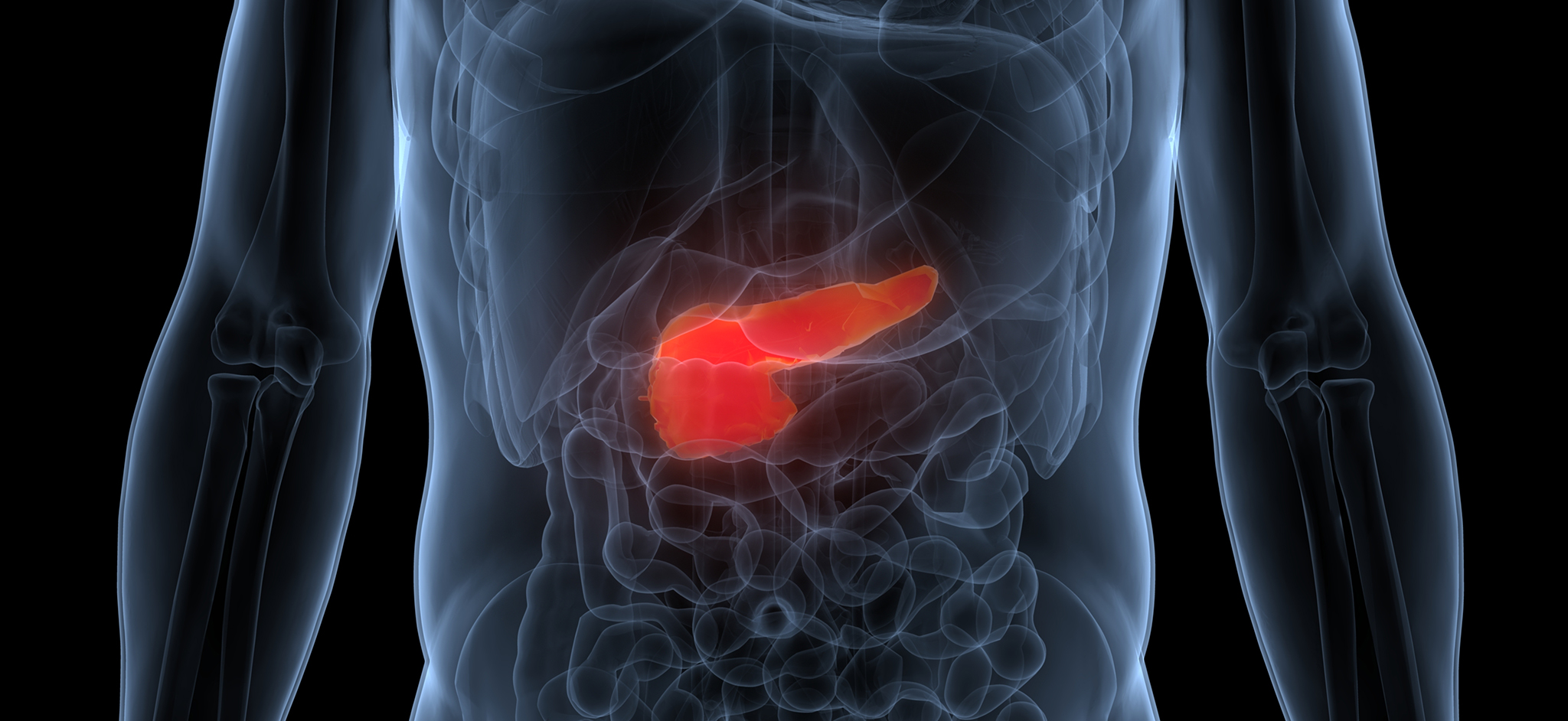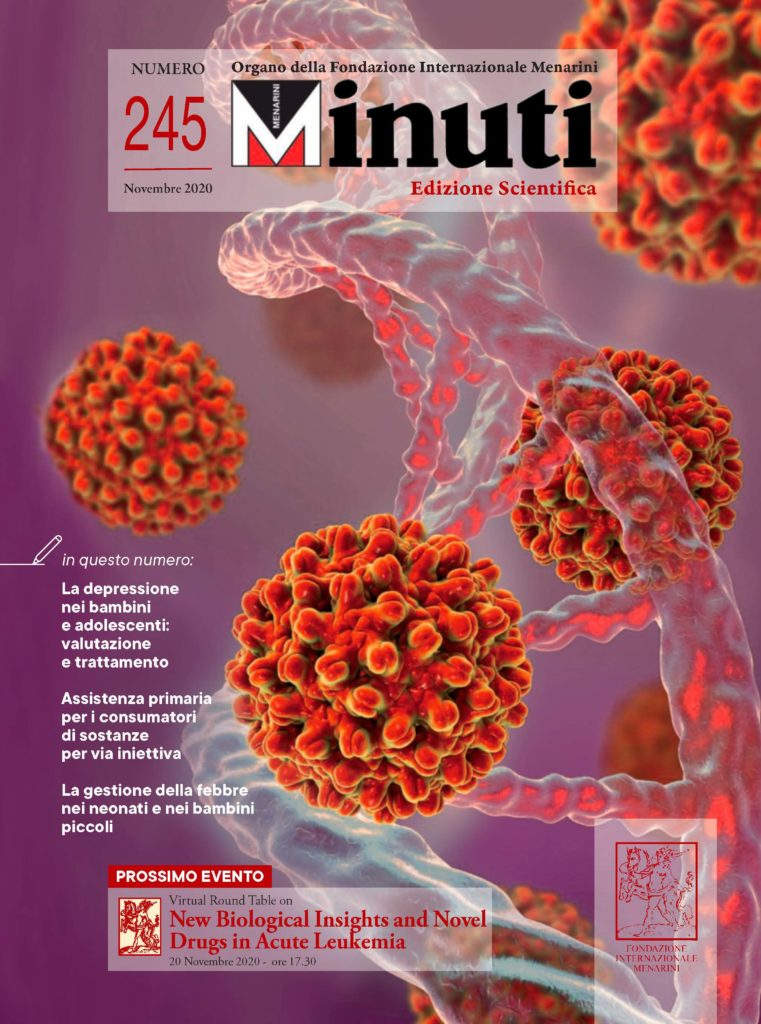
Acute Pancreatitis: Rapid Evidence Review
di Kathryn E. Oppenlander, Christina Chadwick, Kayla Carman, Carl R. Darnall • February 2023
Acute pancreatitis is the most common gastrointestinal-related reason for hospitalization in the United States. It is diagnosed based on the revised Atlanta classification, with the presence of at least two of three criteria (upper abdominal pain, serum amylase or lipase level greater than three times the upper limit of normal, or characteristic findings on imaging studies). Although computed tomography and other imaging studies can be useful to assess severity or if the diagnosis is uncertain, imaging is not required to diagnose acute pancreatitis. Based on limited studies, several scoring systems have comparable effectiveness for predicting disease severity. The presence of systemic inflammatory response syndrome on day 1 of hospital admission is highly sensitive in predicting severe disease. Treatment of acute pancreatitis involves goal-directed fluid resuscitation, analgesics, and oral feedings as tolerated on admission. If oral feedings are not tolerated, nasogastric or nasojejunal feedings are preferred over parenteral nutrition. Cholecystectomy is recommended during the initial admission for patients with mild acute biliary pancreatitis. Medical management is usually sufficient for necrotizing pancreatitis; however, if surgical intervention is needed, a minimally invasive approach is advised over direct endoscopic or open surgical debridement (necrosectomy) because of lower complication rates.
(Am Fam Physician. 2022; 106(1):44-50. Copyright © 2022 American Academy of Family Physicians.)
(Am Fam Physician. 2022; 106(1):44-50. Copyright © 2022 American Academy of Family Physicians.)
Related Articles
Problematiche della prima infanzia: disturbo del sonno, suzione del pollice, alimentazione selettiva, inserimento scolastico e salute orale
di
Dr. Carl Bryce, Dr. Theron Liddell, Dr.Geoffrey Gideon
September 2025
Highlights
di
Aaron Saguil, Matthew V. Fargo
∙
February 2021







